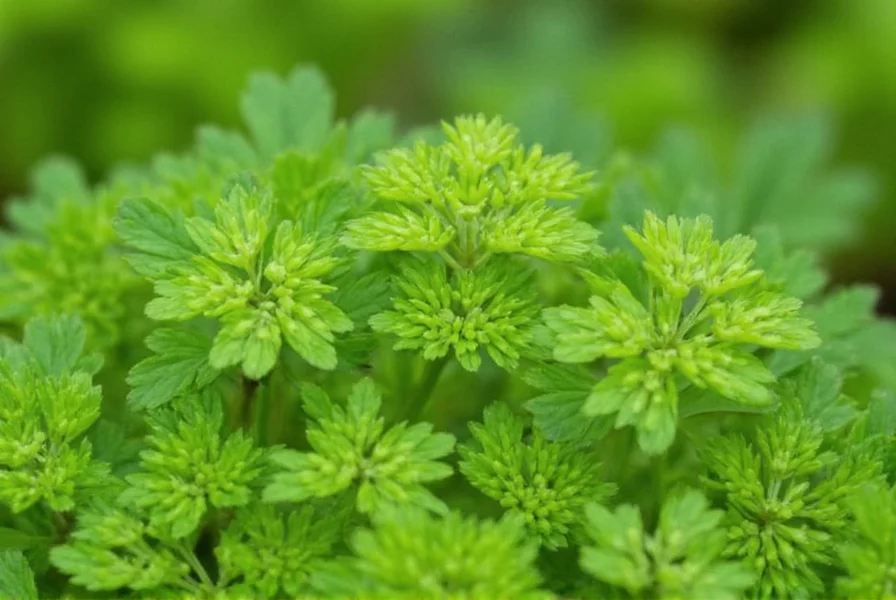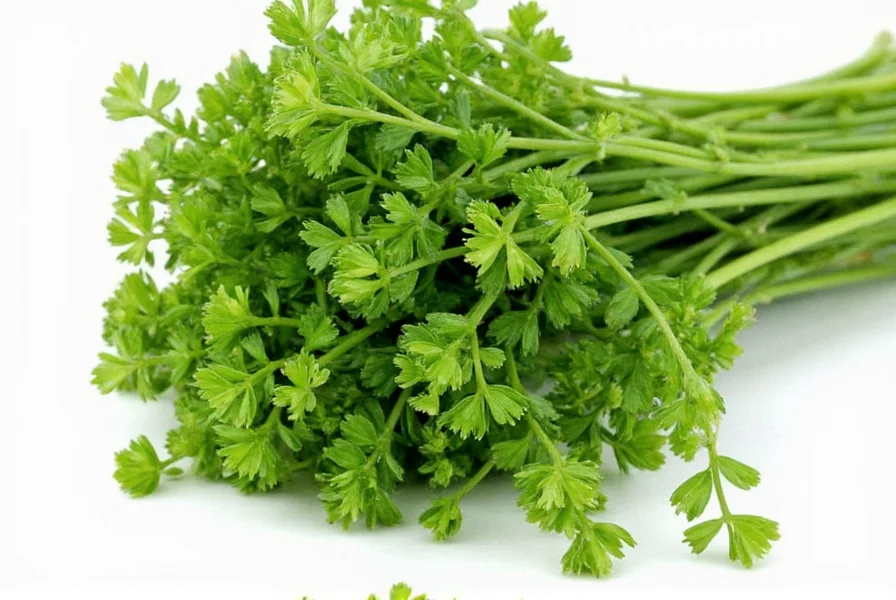Many people wonder where does coriander come from when they encounter this versatile herb in recipes or grocery stores. The answer requires understanding both its botanical origins and the fascinating journey that brought it to kitchens worldwide. While commonly associated with Indian and Latin American cuisines today, coriander's story begins much earlier in human history.
Understanding Coriander: More Than Just a Name
Before exploring coriander botanical origins, it's essential to clarify terminology. In most of the world, "coriander" refers to the entire plant (Coriandrum sativum), including leaves, stems, and seeds. However, in North America, "cilantro" specifically denotes the fresh leaves and stems, while "coriander" refers to the dried seeds. This linguistic distinction often causes confusion when researching where does coriander originate from.

Botanical Classification and Characteristics
Coriander belongs to the Apiaceae family, which includes parsley, carrots, and celery. This annual herb grows to about 50 cm tall, featuring slender stems, triangular leaves, and small white or pink flowers that develop into the familiar round seeds. The plant's scientific name, Coriandrum sativum, reflects its long history of cultivation (sativum meaning "cultivated").
Ancient Origins: The Earliest Evidence
Archaeologists have uncovered coriander seeds in multiple ancient sites, providing concrete evidence of coriander plant scientific name and its historical significance:
- Egyptian tombs dating to 1550-1000 BCE contained coriander seeds, suggesting religious or medicinal use
- Stone Age settlements in Israel revealed coriander seeds from approximately 6000 BCE
- Ancient Sanskrit texts from India (1500 BCE) reference coriander as a medicinal plant
- Greek and Roman civilizations widely used coriander both culinarily and medicinally
The Global Journey of Coriander
Understanding how coriander spread around the world reveals fascinating patterns of human migration and trade. Ancient traders carried coriander along the Silk Road, introducing it to China by the 2nd century CE. European colonists brought it to the Americas in the 17th century, where it became integral to Latin American cuisine.
The Romans played a crucial role in coriander history, using it extensively for both culinary and medicinal purposes. They spread its cultivation throughout their empire, from Britain to North Africa. During the Middle Ages, coriander remained a staple in European apothecaries and kitchens, valued for its digestive properties and ability to preserve food.
Modern Production Regions
Today, coriander cultivation spans the globe, though certain regions dominate production. The following table shows major coriander producing countries according to recent agricultural data:
| Country | Annual Production (metric tons) | Primary Use |
|---|---|---|
| India | 300,000 | Seeds for spice and essential oil |
| Morocco | 75,000 | Seeds for export |
| Bulgaria | 25,000 | Seeds and essential oil |
| Russia | 20,000 | Seeds |
| Mexico | 15,000 | Leaves (cilantro) for fresh market |
Coriander vs. Cilantro: A Regional Distinction
One of the most common points of confusion in understanding coriander origins involves the terminology difference between "coriander" and "cilantro." This distinction primarily follows colonial patterns:
- British English: "Coriander" refers to the entire plant
- American English: "Cilantro" for leaves/stems, "coriander" for seeds
- Spanish influence: "Cilantro" derives from the Spanish word for the fresh leaves
This linguistic variation affects how people search for information about where does coriander come from, with different regions using different terminology to describe the same plant.
Traditional and Modern Uses
From its earliest cultivation, coriander served multiple purposes. Ancient Egyptians used it in burial rituals and as medicine. The Greeks and Romans incorporated it into cooking and preservation techniques. In traditional Ayurvedic medicine, coriander addressed digestive issues and inflammation.
Today, the ancient uses of coriander continue alongside modern applications. Food manufacturers use coriander seed oil as a flavoring agent, while the pharmaceutical industry values its antioxidant properties. Home gardeners appreciate its ability to grow in various climates, making fresh coriander accessible worldwide.
Conclusion: The Enduring Legacy of Coriander
The story of coriander origins demonstrates how a single plant has woven itself into the fabric of human civilization. From its beginnings in the Mediterranean basin to its current status as a global culinary staple, coriander's journey reflects patterns of trade, migration, and cultural exchange. Understanding where coriander comes from provides valuable context for appreciating this versatile herb in our modern kitchens and gardens.
What is the scientific name of coriander?
The scientific name of coriander is Coriandrum sativum. This annual herb belongs to the Apiaceae family, which also includes parsley, carrots, and celery. The species name "sativum" indicates it's a cultivated plant.
Why do Americans call coriander leaves cilantro?
The term "cilantro" comes from Spanish, where it specifically refers to the fresh leaves and stems of the Coriandrum sativum plant. This distinction developed as Spanish-speaking cultures influenced North American culinary terminology, while British English traditionally used "coriander" for the entire plant.
Which country produces the most coriander?
India is the world's largest producer of coriander, accounting for approximately 50% of global production. Indian farmers cultivate coriander primarily for its seeds, which are essential in traditional spice blends like garam masala and curry powder.
How old is the history of coriander cultivation?
Coriander cultivation dates back at least 8,000 years. Archaeological evidence shows coriander seeds in Stone Age settlements in Israel (around 6000 BCE) and in ancient Egyptian tombs from 1550-1000 BCE, indicating its long-standing importance in human history.
Is coriander native to India?
No, coriander is not native to India. While India is now the world's largest producer, coriander originated in regions spanning Southern Europe, North Africa, and Southwest Asia. Historical evidence suggests it was introduced to the Indian subcontinent through ancient trade routes, where it became deeply integrated into local cuisine and traditional medicine systems.











 浙公网安备
33010002000092号
浙公网安备
33010002000092号 浙B2-20120091-4
浙B2-20120091-4